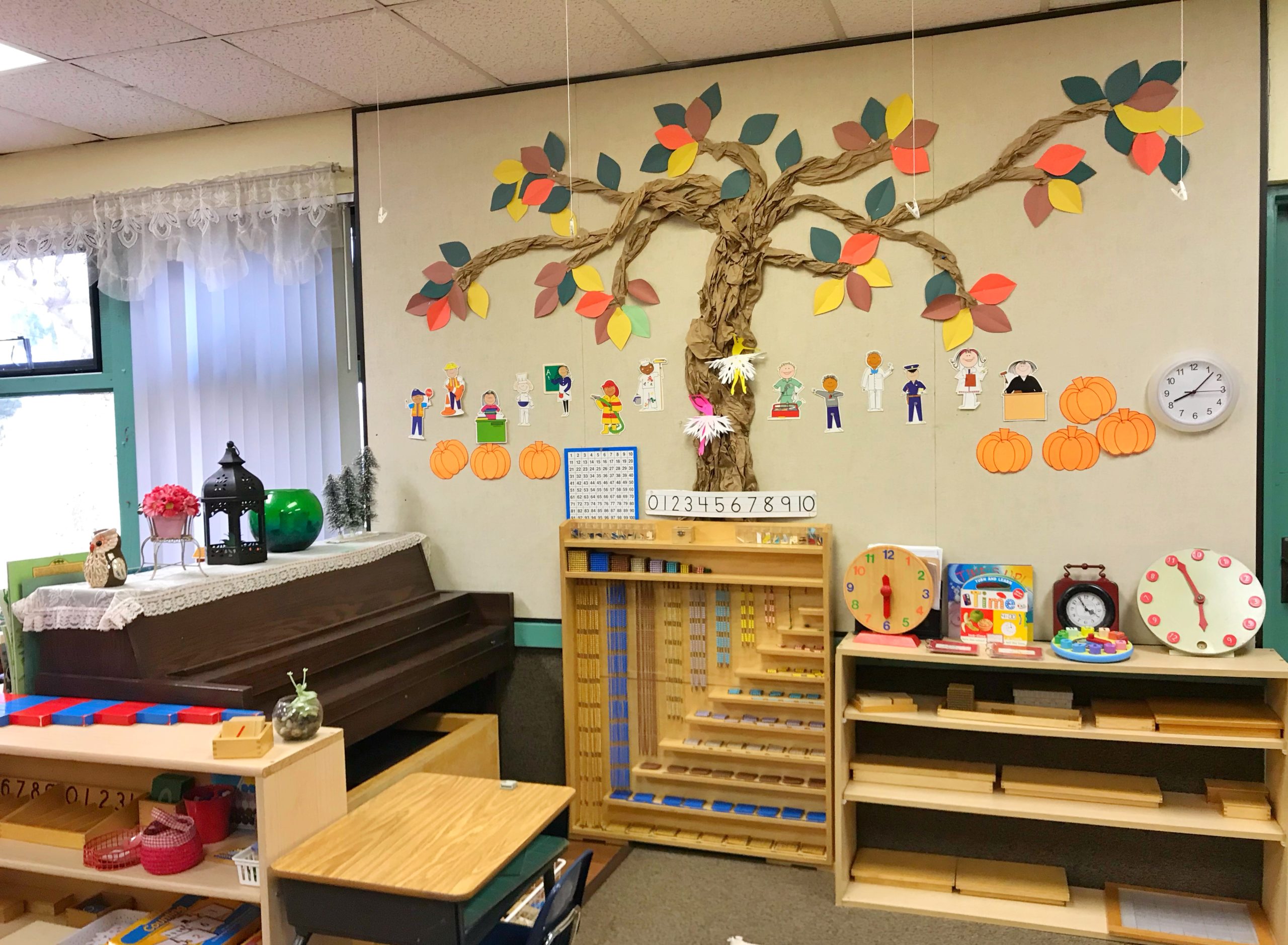
Activities that use the Montessori method are an excellent way to help children explore their own abilities and limitations in any setting. Knowing how to identify these activities is essential for correctly implementing them at home.
As we have seen, the Montessori teaching method allows children to discover their skills by letting them independently engage in activities within reach. This method can be applied at any time of day. However, parents are sometimes unsure which activities are Montessori. In this article, we will show you how to identify Montessori-style activities you can implement at home.
What Makes an Activity Montessori?
Educator Maria Montessori designed her educational method with a focus on children’s freedom. The Montessori method is a tool that enables children to develop their skills and abilities, with the aim of becoming responsible, independent, and self-sufficient adults. Activities you can implement at home are intended to integrate the child into daily tasks, teach problem-solving through mistakes, and help them understand their boundaries.
Maria Montessori emphasized that Montessori activities do not have to be academic; any activity can be adapted to a child’s needs and made engaging and useful for daily life. The following tips will help you identify Montessori activities to correctly apply them at home.
Remember that at Central Montessori Schools (CMS), we offer a specialized program with innovative and fresh ideas so that children can become focused, independent, and creative students as well as responsible, respectful, and conscientious individuals.

Here is how you can identify a Montessori activity:
- Free Choice
A Montessori activity invites the child to participate without being forced. For example, if you require the child to wash dishes, set the table, or organize their clothes, it will not feel Montessori and may only cause them to reject it. Instead, if you present the activity as a game, the child will likely accept and participate without opposition.
In the beginning, you may notice that the child seems to be playing with the activity rather than learning. However, as they become familiar with it, you will see that they start doing it independently, without needing reminders.
- Acceptance of Mistakes
In conventional activities, mistakes are often not tolerated. In traditional teaching, mistakes are punished, leading the child to believe that being wrong is bad. Conversely, Montessori activities allow for mistakes.
For instance, you could ask your child to arrange plates so they fit in the cupboard. In this activity, the child should arrange them by size so that they all fit neatly. If a plate does not fit, rather than scolding them, let the child explore the situation and discover the error independently. By doing this, your child will learn from mistakes and strive to avoid them in the future.
- Sensory Activities
Sensory exploration is essential in the Montessori method, encouraging children to touch and feel different textures. Ideally, a child should interact with various materials from birth. Montessori observed that from birth to six years old, children are still developing sensory skills.
You can incorporate games and activities with different textures. Gardening, for example, is an excellent activity for involving children in daily tasks. In this activity, the child can feel the soil, water, pots, and flowers, exploring the various textures involved.
- Encourages New Concepts
Along with freedom and the ability to detect mistakes, Montessori activities aim for the child to develop new skills or concepts. It is important to let the child solve tasks independently so they understand how to do them.
Avoid correcting your child during an activity, as this can cause them to lose interest or struggle to apply their own abilities. Words of encouragement and motivation are essential in most activities at home, reinforcing that they are doing a good job.
- Fosters Independence
One of the primary goals of the Montessori method is for children to be independent and not rely on parents for every task. For this to happen, the child needs a structured, controlled environment with everything within reach. For more tips on implementing Montessori at home, you can refer to our article “How to Apply the Montessori Method at Home.”
Allow your child to make decisions based on their abilities. Remember, every child is unique, so do not worry if they complete tasks differently than a sibling or cousin.
- Functional Activities
Finally, Montessori activities are rooted in real-life tasks. Montessori advised avoiding fantastical elements not found in everyday life. Ensure that activities have a practical purpose and can be adapted to any age, so children gain experience from an early age.
Conclusion
The Montessori method can be easily implemented at home with recognizable activities. Keep in mind that these tasks should offer free choice, acceptance of mistakes, sensory exploration, concept-building, independence, and functionality for daily life. At CMS, we offer a specialized program with trained teachers to help your child develop skills and abilities for the future.Bottom of Form




